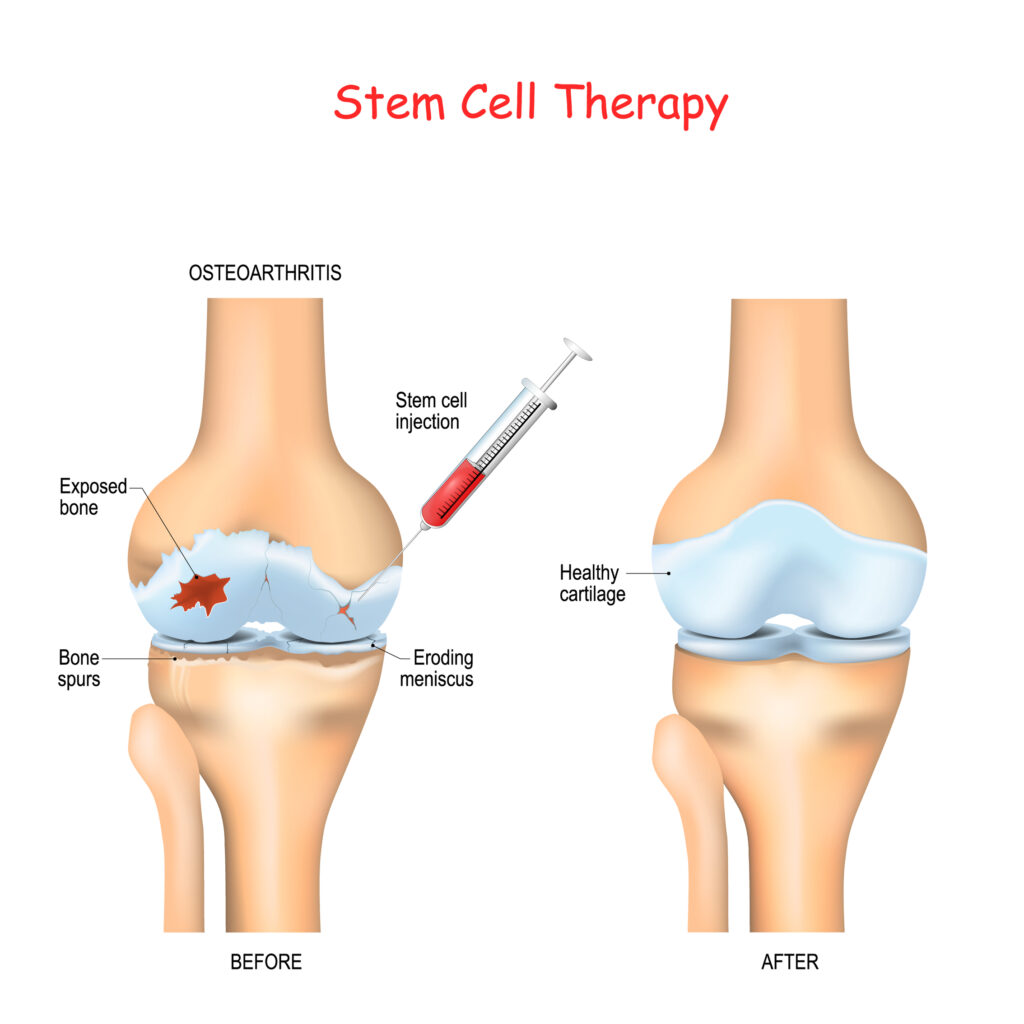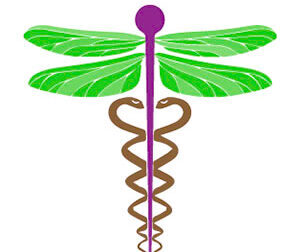Musculoskeletal Treatments

Musculoskeletal Treatments
The seeds of regeneration
Anyone who has owned a car or a house knows that unless you constantly maintain it and conduct repairs, it is not going to last very long. That’s true for our bodies as well. In fact, there is evidence to suggest that within many of our tissues and organs live a relatively small number of adult stem cells that can repair or replace tissues and parts of organs damaged by injury or disease. These cells, which may represent sentries remaining from our embryonic development, also play an essential role in what is termed “homeostatic maintenance” – keeping our organs in a constant state of health through renewal.
Organ tissues can be roughly organized into three categories: those that have many active tissue-specific stem cells, those that have very few or declining populations, and those that have none.
The blood system has perhaps the richest source of tissue-specific stem cells. Hematopoietic or blood-forming stem cells and mesenchymal stem cells that form bone, cartilage, and fat, can all be found in the bone marrow, a component of the blood system. Because of the relatively large number and active nature of the hematopoietic stem cells, it has been possible to use them to treat cancers and other diseases of the blood and immune system. The skin and gut similarly, are constantly renewing at a high rate.
In contrast to the blood system, skeletal muscle stem cells are much more rare and lose their ability to repair muscle injuries over time, as they decline in both number and function with age. However, identifying these tissue specific stem cells and studying what controls their capacity for regeneration could open the door for new musculoskeletal treatments that encourage self-repair.
At the far end of the spectrum is the pancreas, which many scientists believe has no tissue-specific stem cell. This situation presents a particularly difficult challenge in developing treatments for diabetes – a disease where pancreatic beta cells are destroyed.
How are stem cells activated?
How does a stem cell know when to kick into action and repair damaged tissues and organs? That’s a question that many scientists are asking, and some of the theories they are coming up with have been borrowed from the field of ecology. In an ecosystem, the survival and behavior of each organism is dependent on interactions with its environment or “niche.”
It has been proposed that stem cells know when and how to act by communicating with their environment, including the surrounding cells. The “niche” normally keeps the stem cells in a balanced state of self renewal, perhaps splitting off specialized cells in regular intervals by an internal ‘clock.’ But when change occurs, the niche can activate stem cells, causing them to move to where they are needed and to differentiate into specialized cells to complete the repair. This is especially relevant with musculoskeletal treatments.
Researchers are now working to reproduce stem cell niches in the laboratory. If the factors and conditions that control stem cell behavior can be isolated, the cells could be developed for therapeutic use, for screening new drugs, or for the creation of biomaterials that can replace complex structures within the body that can not be reconstructed by a simple infusion of stem cells.
Stem Cells as helpers
In some cases, stem cells do not appear to be taking center stage in the repair and regeneration of tissue but are key players nonetheless. In the kidney, it was found that when the tubules used for drawing off waste fluids from the blood are damaged, it is the mature epithelial cells, not stem cells, which step in to rebuild the tissue. However, stem cells are thought to play a role in helping the epithelial cells to “de-differentiate” before they multiply and transform back into mature epithelial cells again.
Where stems cells help
Almost 10% of the United States population suffers from symptomatic knee osteoarthritis by the age of 60. As we age, our joints degenerate and so do the stem cells in our bodies which regenerate our cartilage, muscle and bone which can no longer keep the pace required to maintain a healthy joint. Additionally we see many patients who have hip, elbow and shoulder deterioration which western medicines only solution for musculoskeletal treatments is surgery.
Knee pain is often caused by wear and tear and activities such as golf, tennis or skiing. Your orthopedic physician/surgeon will often suggest invasive knee surgery to resolve chronic knee pain but it is important to know there is an alternative musculoskeletal treatments. Stem cell knee injections are fast becoming the answer to resolving acute and chronic knee pain as an alternative to knee replacement surgery.
The Darling Center offers non-invasive musculoskeletal treatment to reduce pain and return function and mobility in days. This non-surgical, non-invasive therapy helps REPAIR and REBUILD joints and cartilage in knees, shoulders, ankles and more.
Stanford University and Harvard University have been studying the use of musculoskeletal treatment for joints some time. Here is a recent paper from Stanford.
I want my mobility back!
Fill out this form and someone from our team will reach out to you to discuss how we can help get you feeling better!
